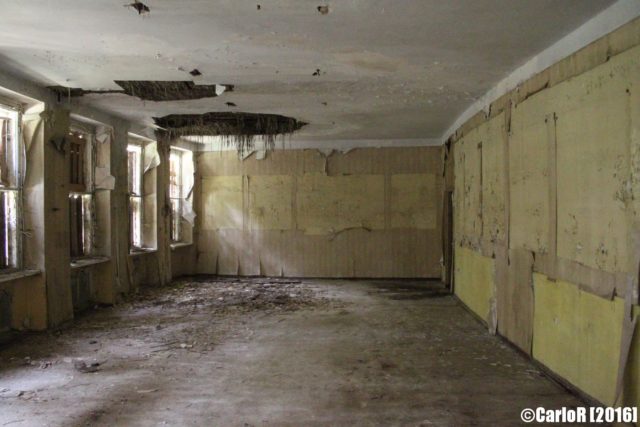Sixty miles south of Berlin in Germany is the small town of Jüterbog, where there has been a military presence since the mid-19th century. In the second half of the 19th century, the Prussian army acquired 250 acres of land which they planned to use for military operations.
A shooting range measuring 650 x 850 meters (2,132 x 2,788 feet) was created, and target practice had already begun while the construction of the various buildings was underway. As time went on, the Prussian army bought up more land.
By the time the Franco-Prussian war began in 1870, this military training site had expanded to cover 40 acres.
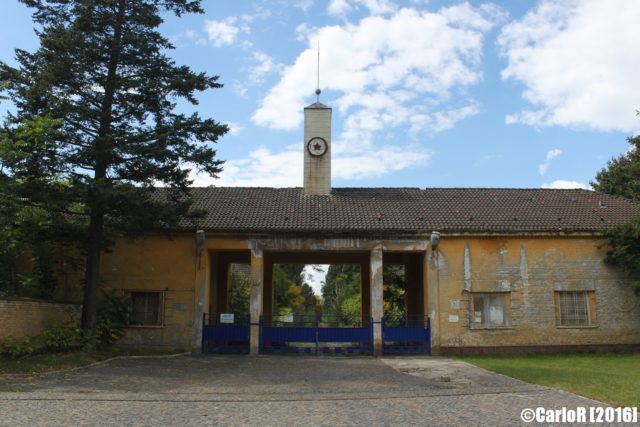
During the war, around 9,000 French prisoners were sent there to work and expand the site further. In 1889, when the war was over, a decision was made to build another firing range so that field artillery and foot artillery could practice separately. The original field became known as Altes Lager (meaning old camp).
After the Franco-Prussian War, but before the First World War, this area gained a section dedicated to aviation, where the German people could go and watch airships and other aircraft take flight. Military exercises now covered up to 5,000 hectares (12,000 acres), and new barracks were built. During World War I, the barracks were expanded and a hospital was added.
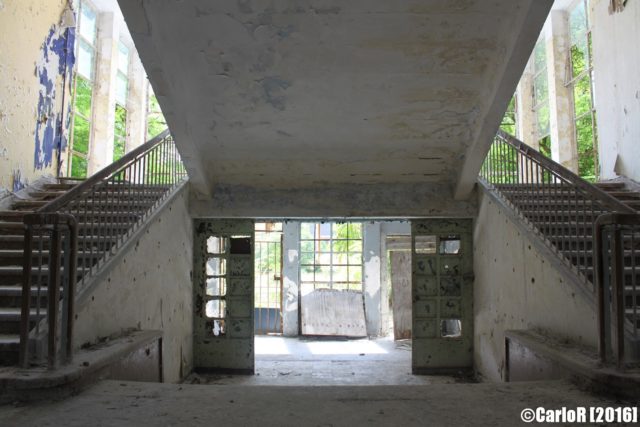
After the defeat of Germany in 1918, many buildings were dismantled. However, the flight academy continued. Pilots, flight officers, technicians, and engineers all studied at the academy, being trained up for roles in the Luftwaffe. Since the Treaty of Versailles prevented the Germans from having any kind of military, this training school was disguised as a civilian institution.
A decision was also made to build a Military Air Base on this site. By 1933, construction was completed and the airfield was known as Flugplatz Altes Lager.
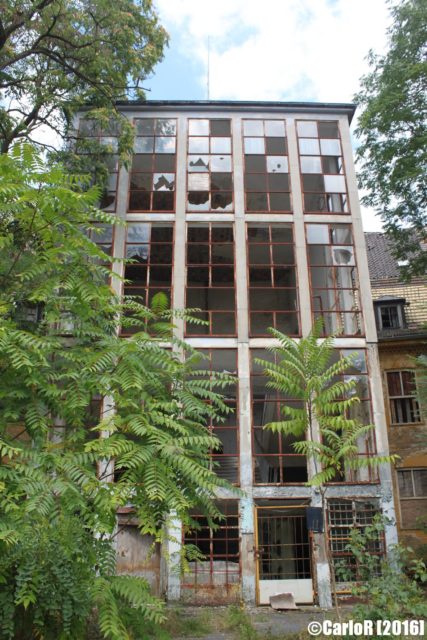
A year later, Jüterbog had grown to be the largest training center for troops in Germany. After many expansions, the site now occupied 11,000 hectares (27,000 acres). The military air base had grown so much it had begun encroaching on local villages, forcing the residents to move.
However, in May 1945, the Red Army took control of the entire complex, and the flight academy was forced to relocate to Warsaw.
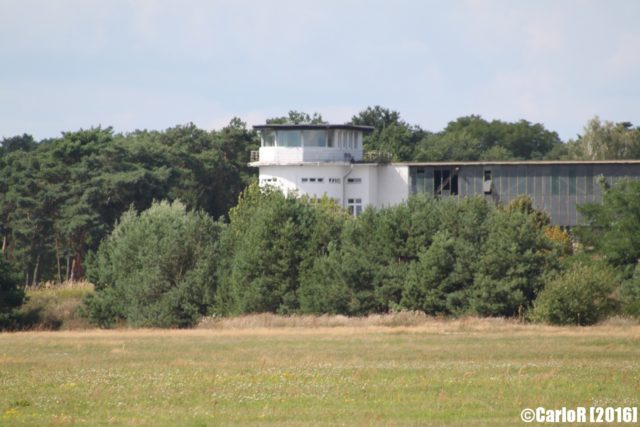
The occupying forces decided to make various changes, one of which was expanding the runway to 8,500 feet. They also annexed an anti-aircraft missile site about three and a half miles west. In addition, they created their own training center for officers.
About 40,000 soldiers were stationed at Jüterbog, massively outnumbering the 15,000 inhabitants who still lived in the area. From 1953 to 1992, the 833rd Fighter Aviation Regiment was based there.
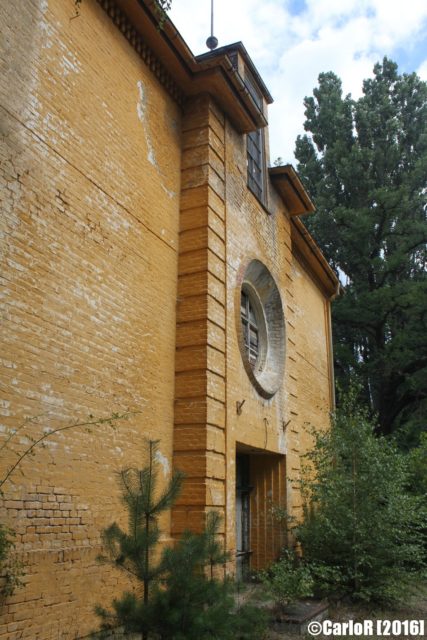
After the reunification of Germany in 1989-1990, there was an agreement for the Soviet Army to return all military bases by the end of 1994. The Jüterbog airfield was returned to local authorities in 1992. Since then, the buildings have not been used and have been designated historical monuments. The airfield itself is used by paragliders and hang gliders.
Inside the buildings, explorers can find many frescoes, depicting agriculture and more, that were left behind by Soviet troops.
The photographer, CarloR, runs a blog about his travels. He likes to visit places that do not usually fit into typical travel plans. Before each trip, he carefully plans all the details and uncovers as much as he can about the history of his chosen location.
Afterward, he openly shares everything that he has learned as well as his experiences upon reaching his destination.
CarloR also takes many detailed photographs of his explorations and publishes them in an article. Visit his website and feel free to contact him with any questions about trips you might have.
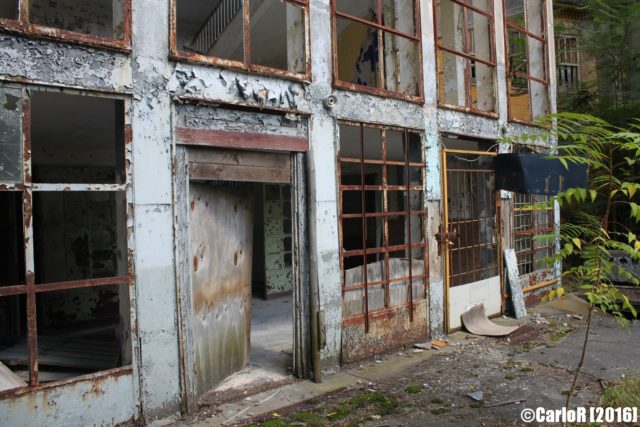
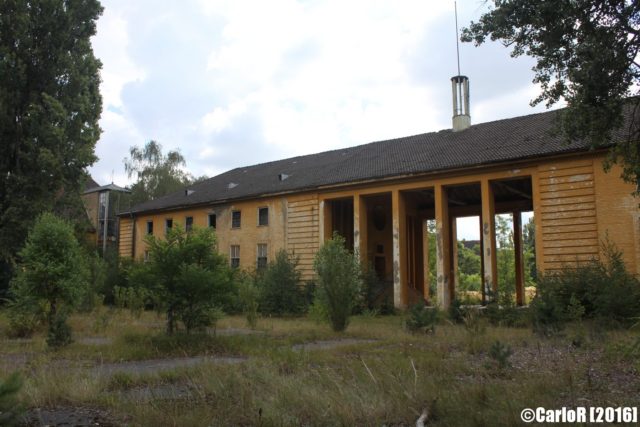
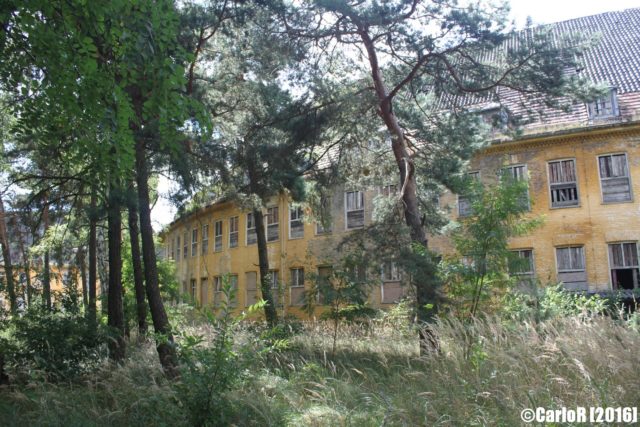
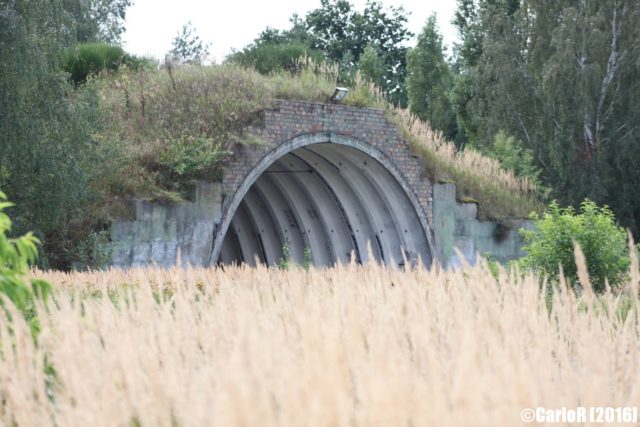
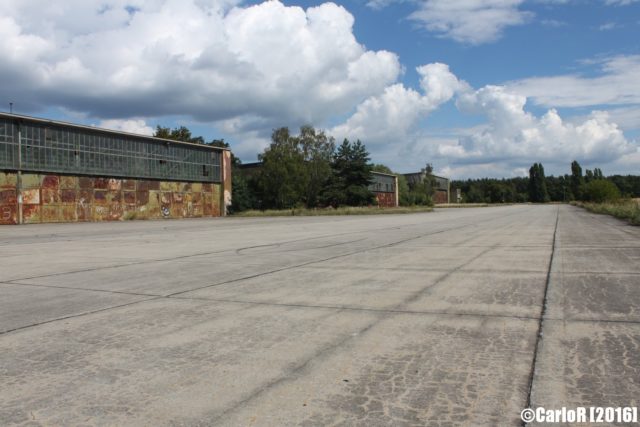
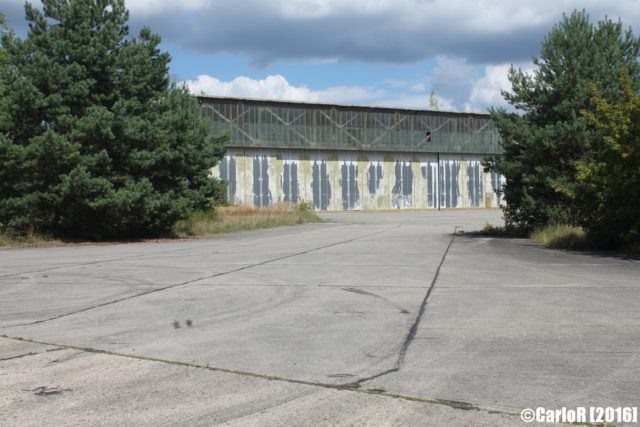
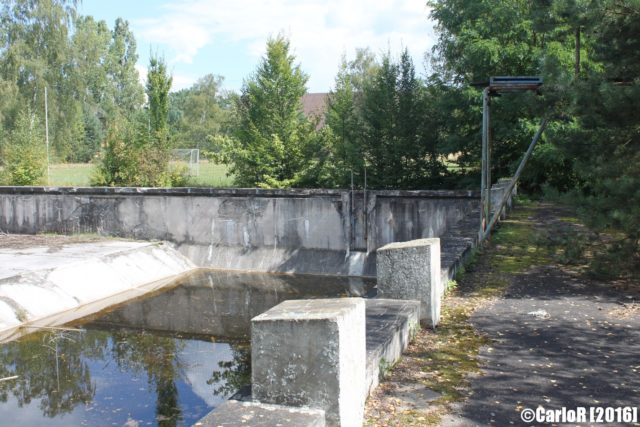
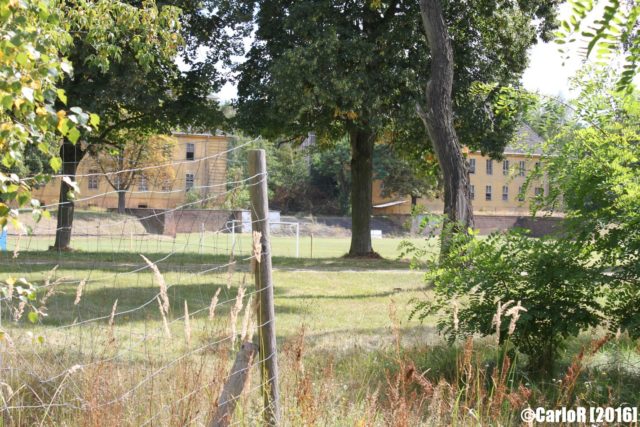
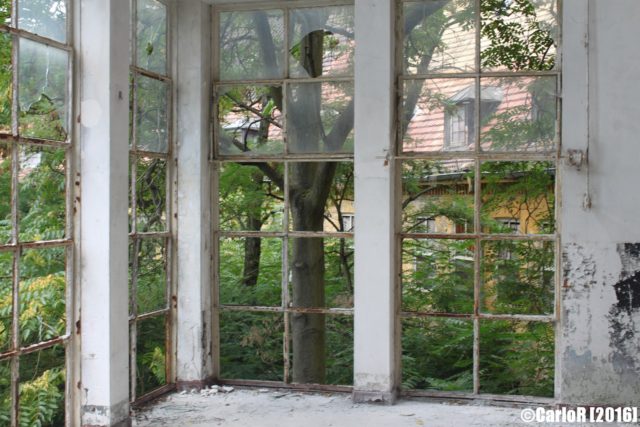
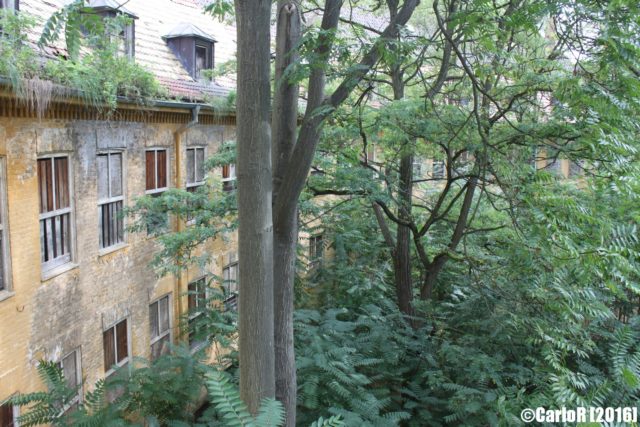
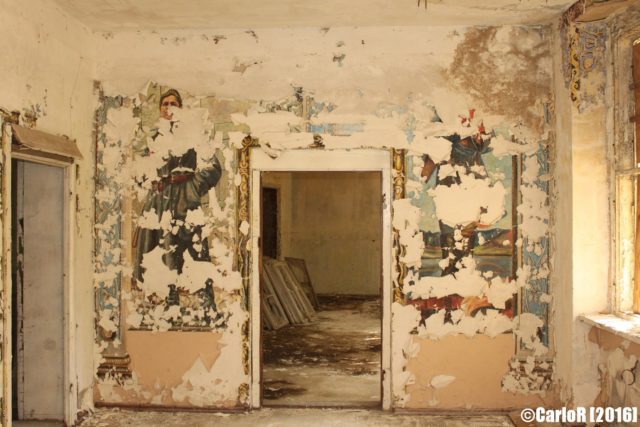

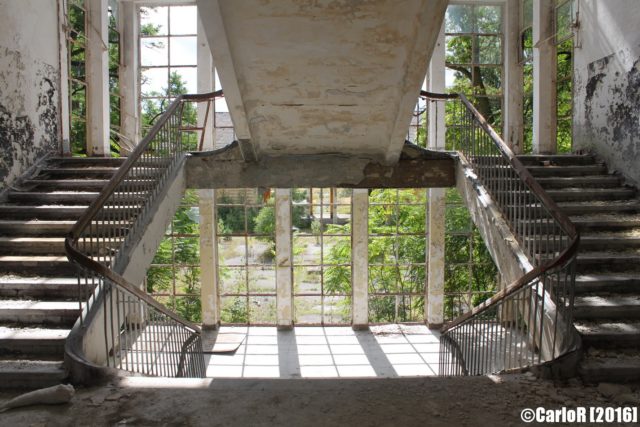
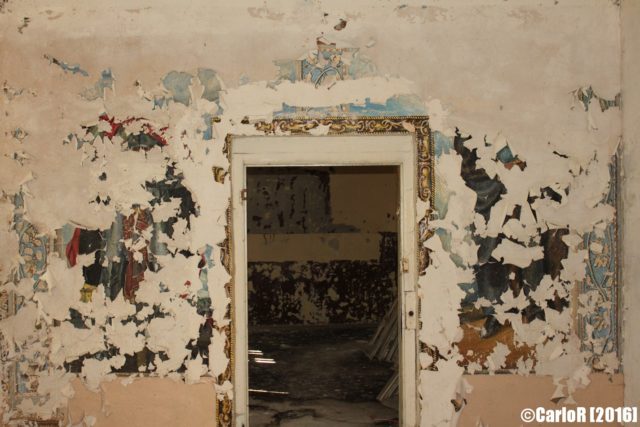
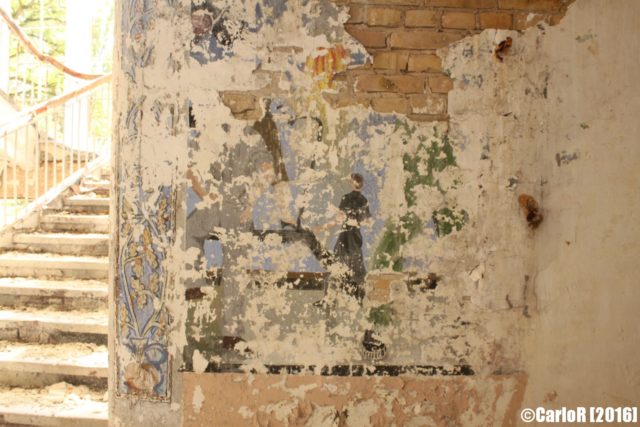
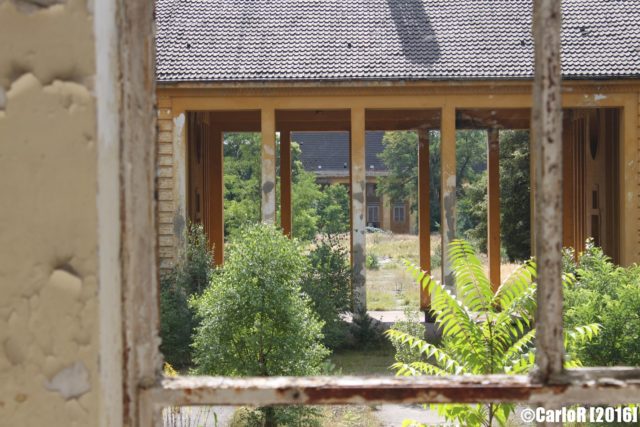
German submarine U-534 – A Small Part of the U-Boat Story Found On The Bottom of the Sea
